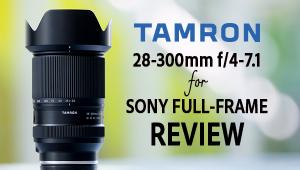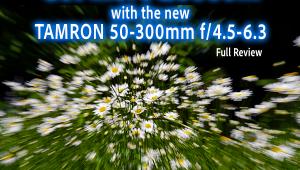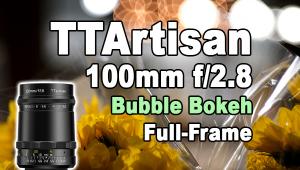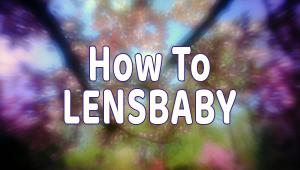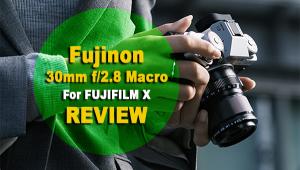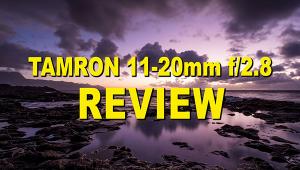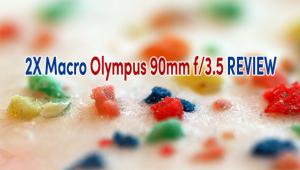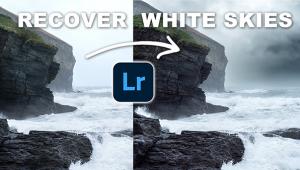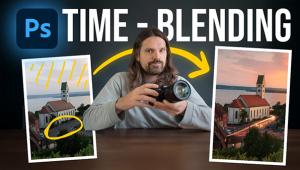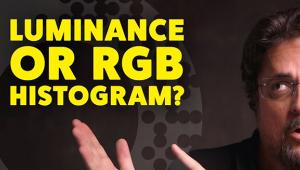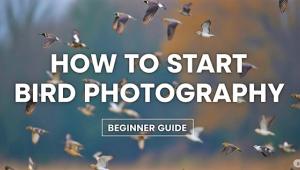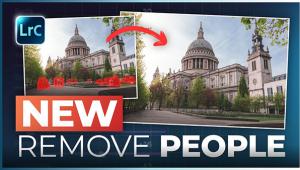Rokinon 8mm f/3.5 Aspherical Fisheye: Affordable Fisheye Photography
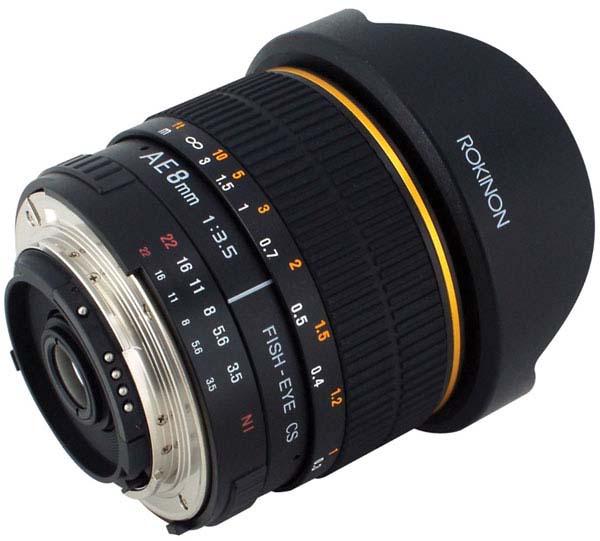
There are two types of fisheye: circular and diagonal. The Rokinon 8mm f/3.5 Aspherical Fisheye Lens is of the diagonal type, delivering a rectangular image with cropped-sensor lenses. The lens I worked with is designed for the Nikon DX (APS-C/cropped) sensor. The APS-C version provides a 180-degree field of view. Other versions are available for other “cropped-sensor” interchangeable-lens cameras, including Micro Four Thirds. My tests were conducted using the Nikon D300.
Working With The Lens
A real fisheye lens has no equal in terms of the perspective it affords. Many cameras try to emulate a fisheye with a special effect, but only manage to bend the image out of shape. Despite the most profound barrel distortion, objects captured with a fisheye retain a certain sense of reality. Distances may appear stretched, but proportions of shape remain true. That’s something you lose when you attempt to correct this optical phenomenon with software. While eliminating the barrel distortion, software corrections tend to stretch shapes out of proportion, especially toward the frame edges, while restoring some semblance of spatial reality. So, if you’re going to shoot with a fisheye, learn to love it for what it is and does.
This lens is quite easy to work with, provided you keep a few things in mind. First, the lens is equipped with a chip that supports autoexposure.
But for that to work properly, you must manually set the lens to f/22 (there are marked positions on the lens). You would do best shooting in aperture priority mode (for reasons outlined below).

All Photos © George Schaub

Second, the lens does not support autofocusing. In theory, you can manually focus the lens by way of the camera’s optical viewfinder—and the focusing ring operates very smoothly toward that end. But I’ve found that the image doesn’t really snap into focus, making it difficult to distinguish what is sharp and what’s not. I recommend that you manually set focus on the lens using the marked settings and rely on depth of field to compensate for minor errors. When working at close shooting distances (notably 3 feet or less), maybe take a small tape measure along to more accurately gauge the distances—at least until you get the hang of it.
The physical construction of the front element is such that it protrudes rather obviously. It becomes very easy for a stray finger to brush up against it, despite the built-in petal-shaped lens hood. So exercise caution. Also be watchful of protruding branches and things of that ilk. Obviously, this protruding element obviates the use of filters. And the lens does not support rear-mounted filters.
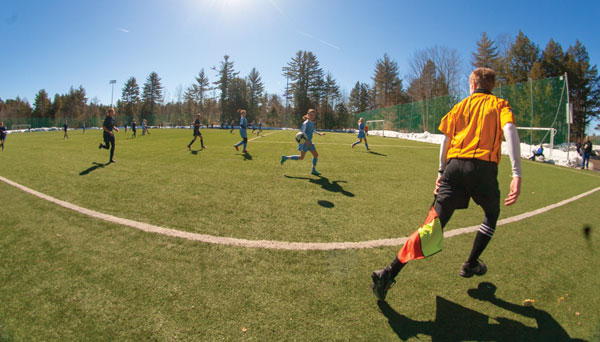

Optical Comments
This optic includes an aspherical lens element to improve performance at larger apertures. From my tests, I strongly recommend to avoid shooting at maximum aperture (f/3.5) and instead stopping down to f/5.6, where you’ll see marked improvement. In fact, at f/5.6 to f/11, the lens delivers very respectable performance in terms of sharpness and contrast. Diffraction sets in to soften the image at f/16 and is most pronounced at f/22. The lens is multi-coated, which, together with the lens shade, does an effective job of holding back lens flare. I did encounter a mild amount of purple/green fringing in areas of high contrast, toward the corners and edges.
So, if you don’t mind setting focus manually, you should get a lot of good use from this glass. It’s definitely worth the price (about $319, street).
The fun, excitement, and challenge in using a fisheye lens involves capturing views we don’t ordinarily expect to see. While it took a little getting used to, once mastered, the Rokinon fisheye certainly delivered on that level.
Quick Specs
Rokinon 8mm f/3.5 for nikon ae
Optical Construction: 10 elements/seven groups/one aspheric lens
Angle Of View (APS-C): 180 degrees
Min. Focusing Distance: 1’
Size & Weight: 3x3” (approx.); 14.7 oz
Price (Street): $319 for Model AE8M-N (Nikon DX mount); prices vary for other mounts
For more information, contact Rokinon at www.rokinon.com.



